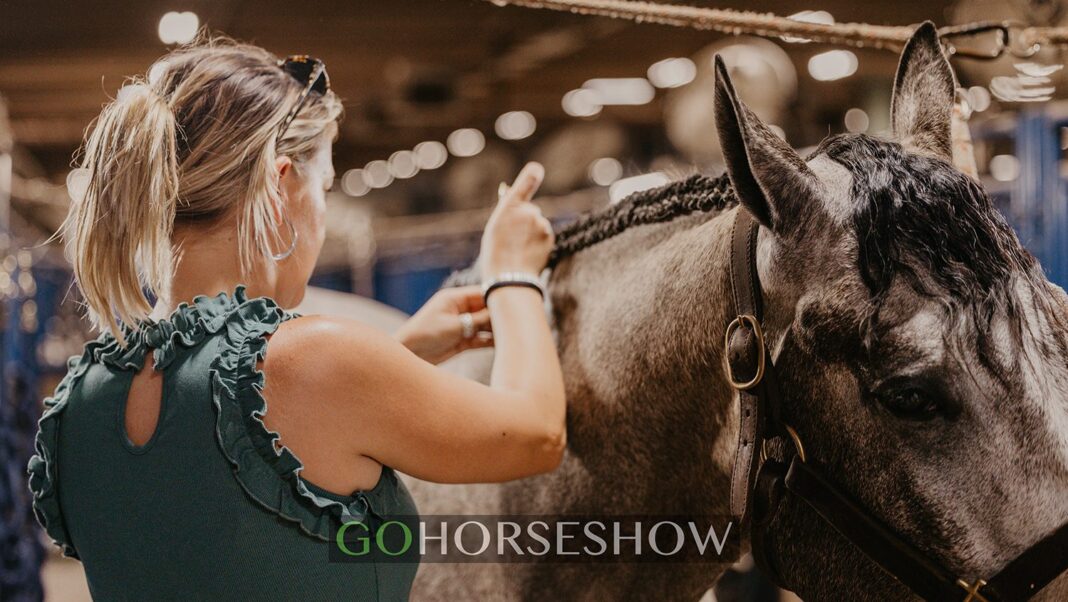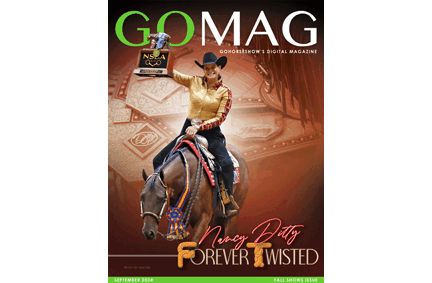A lot of time and effort goes into selecting show clothes and ensuring the exhibitor has the proper fit, that the colors go well with their horse, and that the clothing is appropriate for the event. However, showing horses is a team sport, and the exhibitor is only half the equation.
To look your best in the pen, your horse should also be well-groomed and turned out. While we can hide certain body flaws or accentuate our best assets, horses are left a little more…naked.
We spoke with Multiple World and Congress Champion trainer Shannon Walker of Show Horses by Shannon to get her insider tips for ensuring your horse looks their best at a show.
“Like many aspects of showing, you must put in the work at home,” Walker laughs. “And the same is true for grooming. You can’t just show up and expect a good bath will do the trick. Instead, you must lay the foundation for a good hair coat at home, so your horse just needs a good bath and a brush to be ready to go when you show.”
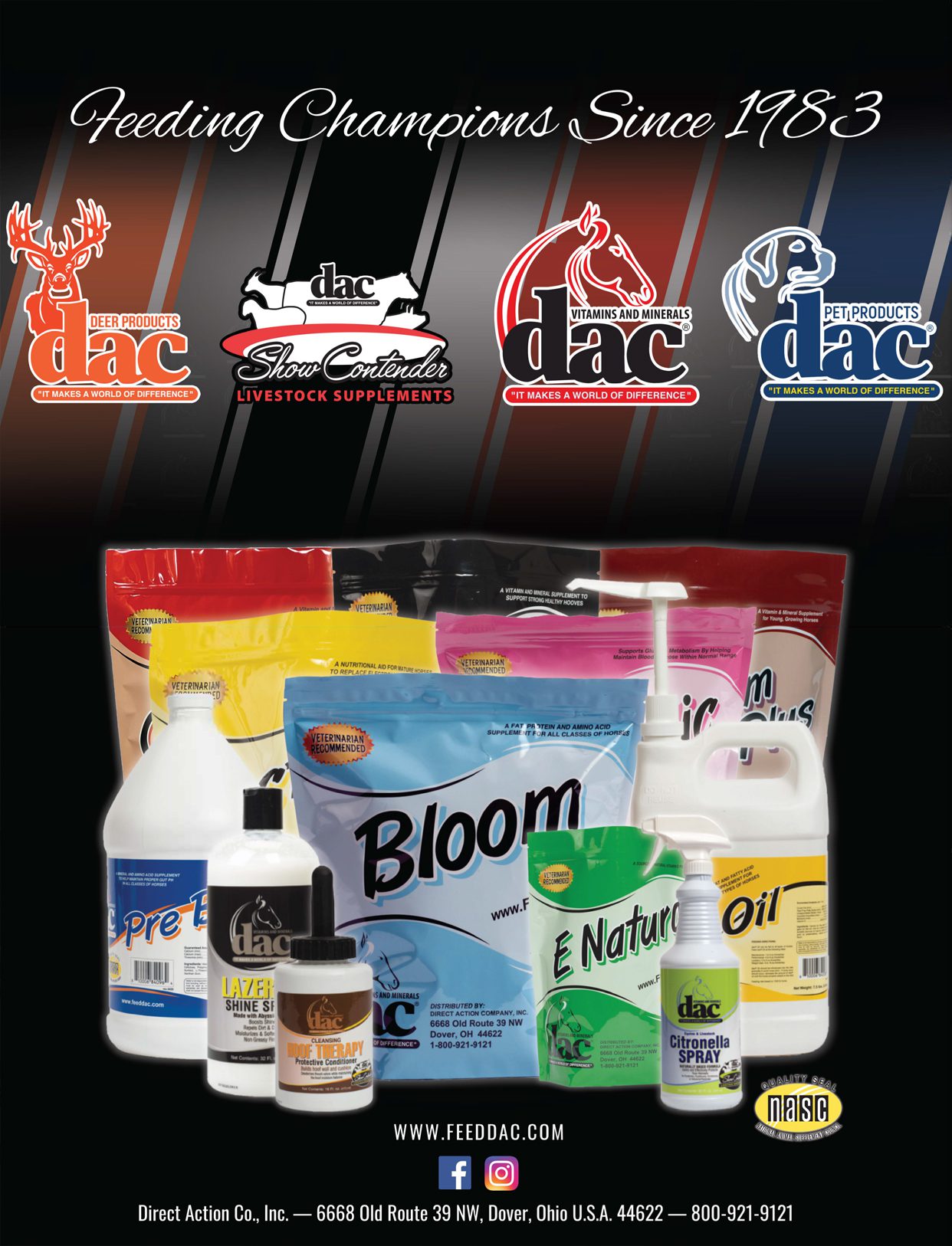 LAYING THE FOUNDATION AT HOME
LAYING THE FOUNDATION AT HOME
Individual Feed Programs
Walker firmly believes that an individualized feed program is critical to ensuring that horses have the proper weight and that their coat shines from within. “We use the dac® oil for coat and condition, and I’ve been super happy with the weight and shine it gives our horses.”
She cautions, “There are a lot of feed-through products out there on the market for coat quality and color, and you need to be careful of the ingredients. Some ingredients are banned substances, so it is crucial to know what is allowed and not to feed a substance that will accidentally disqualify you.”
Walker adds, “I like to put together a specific feed program for each horse based on their caloric needs and targeted to boost what they may be lacking in their coat and body condition. Generally, I feed Purina Senior Active feed and various dac® supplements that balance the individual’s calories, protein, and biotin ratio. To help a coat condition or their feet, you may need to increase that biotin intake.”
Take Steps to Limit Spread of Skin Conditions
If your horse is exposed to many other horses, you must implement a program that prevents unnecessary exposure.
“I try to run a tight ship to make sure that our horses aren’t sharing turn out blankets, saddle pads, and other equipment that has a lot of contact with their skin as fungus and other conditions can spread quickly,” Walker explains.
“There is some amount of exposure you can’t avoid, but sharing sweaty pads or blankets is a quick way to spread skin conditions around the barn – and treating those can do a lot of damage to their coats.”
Encouraging Hair Growth
We’ve all experienced mane and tail breakage issues, and Walker has found the best product for her horses.
“I swear by Equifuse tail and coat conditioners. I’ve had excellent luck growing mane and tail hair with the leave-in products. You can spray it after cleaning the hair and then leave it in to help reduce breakage and encourage growth.”
Body hair can also require some encouragement to grow. Walker thinks she’s found the secret to encouraging hair growth, particularly hair lost due to rubs from blankets, saddles, or spurs.
 “I use the ‘Double Strength BB Super Gro’ to encourage hair growth after rubs or cuts. It’s meant for people, and you can find it in the green container in the ethnic hair section,” she chuckles.
“I use the ‘Double Strength BB Super Gro’ to encourage hair growth after rubs or cuts. It’s meant for people, and you can find it in the green container in the ethnic hair section,” she chuckles.
“I love the BB Super Gro because it seems to really ‘stick’ in the coat better than coconut oil, and it has added vitamin E to help encourage that growth. We rub it into the area that we want to see growth, as needed, and I’ve had great results.”
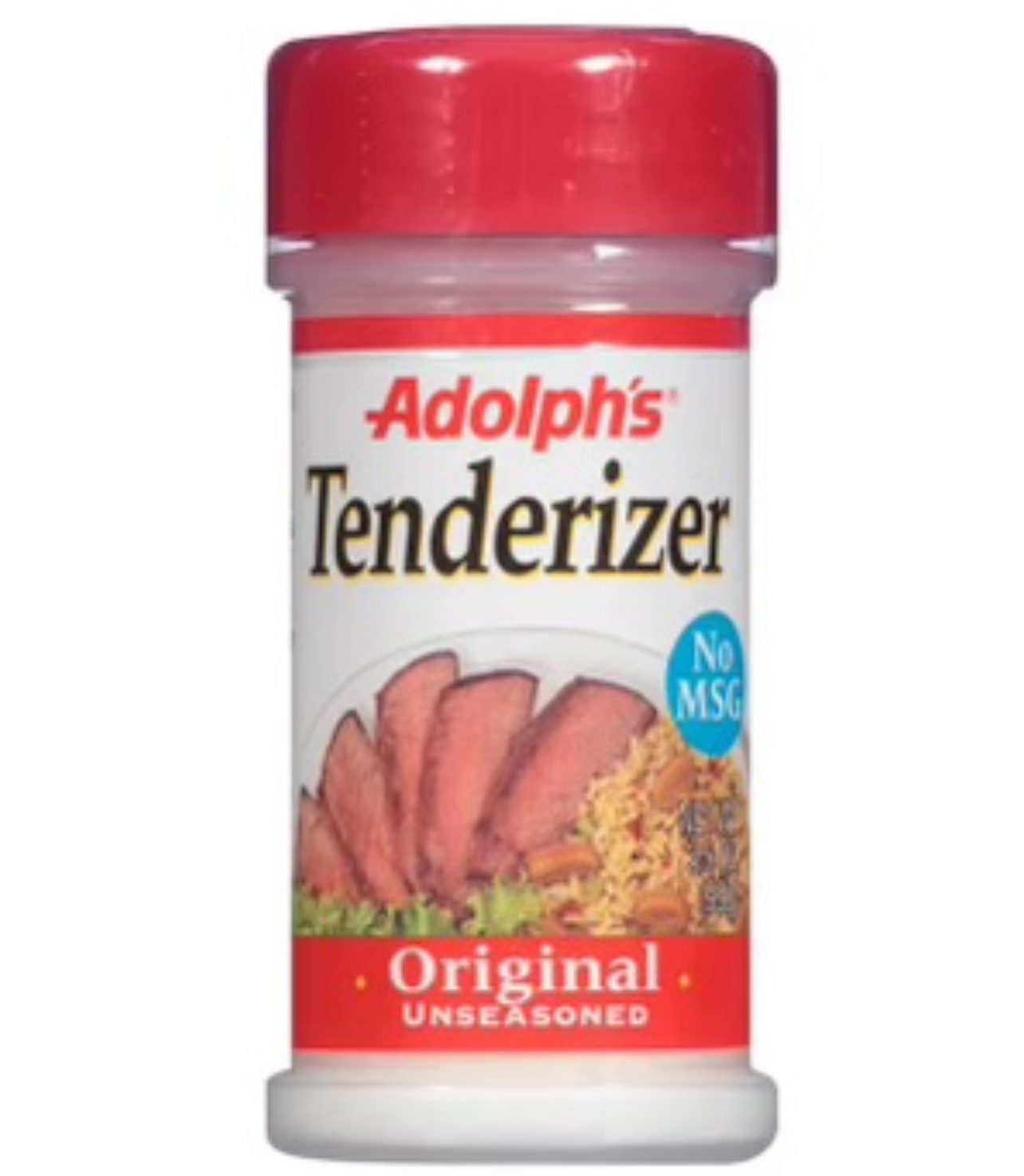
Treating Flesh Wounds
Wounds and scars can also detract from a horse’s overall presentation in the pen. But horses have a knack for injuring themselves and will find a way to nick themselves up. Shannon has her own particular solution for treating wounds.
“You’re going to laugh when I say it, but it works, so I feel I should share it,” she chuckles. “I will clean and dry a wound area. Once the scarring begins, I will put some of Adolph’s Unseasoned Meat Tenderizing Powder on the skin. I’ve found that this reduces the scarring without causing pain or damage to the horse’s healthy skin.”
Use Restraint with Bathing
Bathing is necessary to remove excessive dirt and to prepare your horse before a show. However, too much bathing can deplete a horse’s natural coat oils and cause damage to the coat.
“I try to use bathing sparingly,” Walker admits. “If they are sweaty, we will rinse them down after a workout. However, if they have a little bit of body sweat, I will make sure they are brushed down with a stiff bristle brush, and then, once they dry, we will curry them off to get rid of that sweat and bring the natural oils back to the surface.”
Maintaining Their Natural Hair Cycles
One of the more challenging aspects of showing involves avoiding having a horse ‘hair up’ at the wrong time.
“There is only so much you can do about this,” Walker sighs. “I’ve lost good coats on horses at shows and had them hair up when I didn’t expect it. Even when you keep a good worming regimen, they can blow coats due to temperature changes, illness, stress, hormones, and other reasons beyond your control.”
“I have found that what seems to work for me is to let them be horses during the winter months,” she says matter-of-factly. “Their bodies want to experience natural light cycles, and when we mess with that too much, they seem to hair up on their own timing.”
“Therefore, I will not keep them under lights after the fall majors, and I will let them hair up over the winter. Then, I will put the lights back on 60-90 days before our first show. They maintain a better coat over the show season when they have this dark period and a more natural light cycle.”
Elbow Grease
“Denny Hasset once told me that, ‘You can do all the tricks, but nothing makes for a better coat than a curry and some elbow grease.’”
 Walker believes Denny was onto something because she has found few substitutes for a good curry.
Walker believes Denny was onto something because she has found few substitutes for a good curry.
“I think it’s so important to prioritize grooming in the barn,” she emphasizes. “We often get so wrapped up in the riding and training component that we can let a good grooming protocol fall. To maintain a good coat, it is critical to spend time grooming your horse – eliminating the dirt, distributing the oil, and checking their body over for minor cuts and abrasions or lesions.”
AT A SHOW
Although Walker believes most of the grooming prep takes place at home, there are little show tips that she finds helpful.

Eliminating Sweat Marks
“I don’t like to bathe them daily at shows unless they are sweating hard. Instead, I will use rubbing alcohol to eliminate sweat marks and a good curry afterward.”
She warns, “You need to use the alcohol sparingly, as it can dry out their coat, but you also want to use baths sparingly, as they eliminate the oils and can cause problems with their feet if you’re constantly wetting them.”
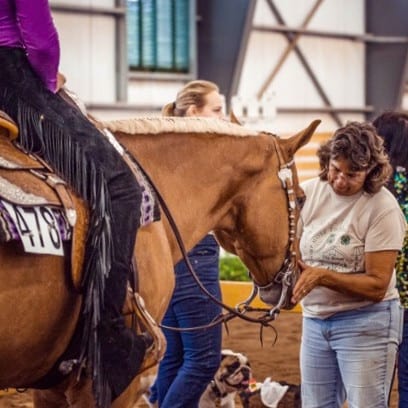
Halter Shine
Walker smiles, “When it comes to the halter, nothing brings the shine up better than Peppy Spray!”
“I also use baby oil for face grease because I feel it’s a little healthier for their sensitive skin and still does a good job.”
Walker admits, “I am not a hoof black fan. I use it for major events, particularly in the halter and showmanship classes, but I avoid it at weekend shows because it is alcohol based and will dry their feet out. Ultimately, I think it comes down to a matter of personal preference, and so I use it sparingly.”
Clipping
Walker likes to clip legs 3-4 days before they show.
She warns, “I don’t want to clip legs too tight on my performance horses because I don’t want a nick to cause cellulitis. So, I will usually use a 15 blade on their legs.”
Walker says that clipping white areas also helps to keep them cleaner at shows as the dirt won’t stick in the shorter hair and is easier to rinse or wipe off.
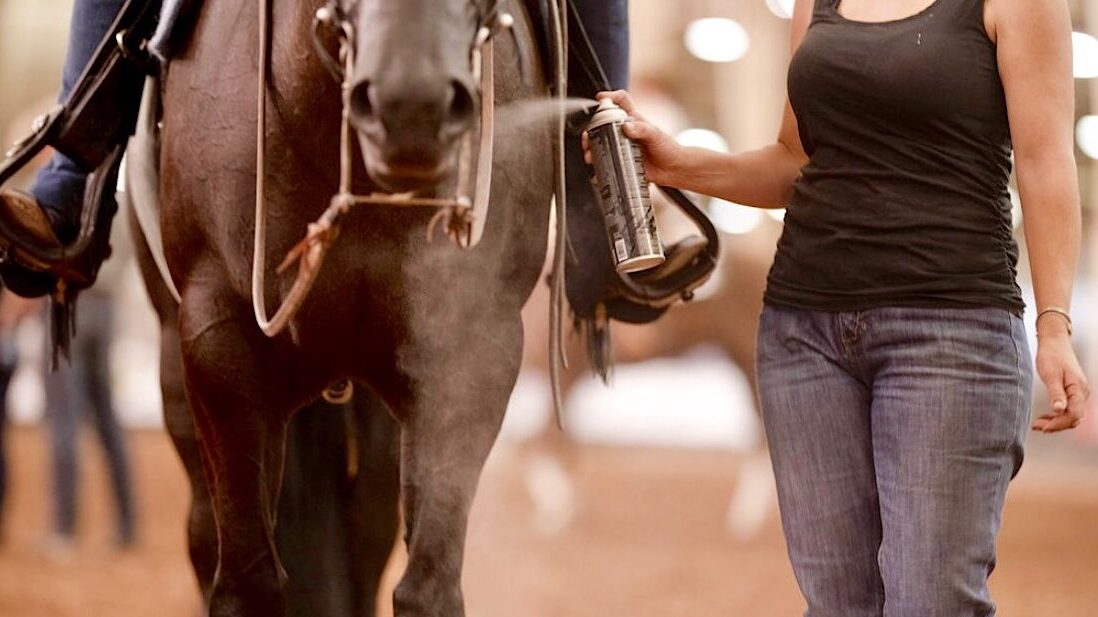
Fly Control
“When it comes to flies, I am a mixture person,” Walker explains. “I like to use Piranha as a base, and then I will add dac®’s fly spray along with a topper of Raid Flying Insect (the blue can) because that is the one that isn’t toxic to their skin.”
“I’ve used this combo pretty successfully at shows and have found it cuts down on the stomping, especially in the halter and showmanship classes, which is essential to presenting your best.”
***
Overall, with the proper home grooming regimen and feed program and show efforts to emphasize your horse’s natural beauty, you will be well on your way to shining in the pen (literally and with pride).


